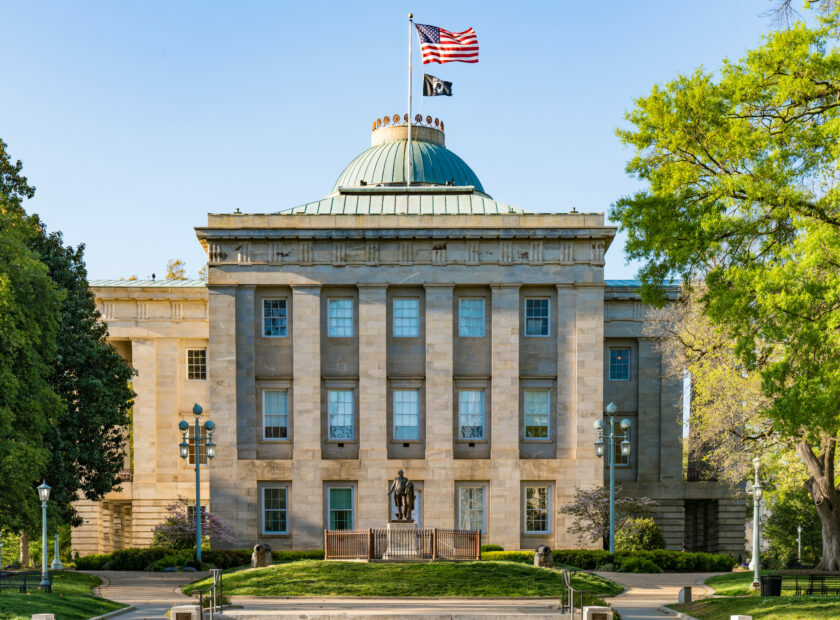Continuing Resolution & Potential Government Shutdown
Congress is currently in its annual August recess. The Senate returns on September 5th and the House returns on September 12th to begin a very busy legislative session with priority given to the appropriations process. This September could be filled with political drama as Washington insiders and political pundits debate whether or not there will be the first government shutdown in four years.
With the end of the fiscal year (September 30th) fast approaching, Congress will have only four weeks to pass 12 appropriations bills or pass a Continuing Resolution (CR). A CR provides temporary funding to federal programs and activities until a specified date, which usually is determined by when Congress expects to complete the appropriations process.
The House is debating additional cuts to spending beyond those set by the debt limit deal. Meanwhile, the Senate is debating providing more funding beyond the spending caps set by the debt limit deal. With the two chambers starting from very different points and heading in opposite directions, a CR to keep the government functioning is likely. This could take a number of different forms. If the House and Senate can find common ground and pass some of the less controversial spending bills, only a partial CR may be needed. Without a CR, the government must shutdown, but only for any agencies falling under spending bills that have not been signed into law.
CRs have become far more common than passing annual appropriations before the end of the federal fiscal year. The last time a CR was not needed was 1997. The average length of a CR is 137 days (based on FYs 1998-2023), however this Congress will only have 91 days to complete action on the appropriations bills before triggering automatic spending cuts on January 1, 2024 that were put in place by the debt limit deal. This sequester threat is likely to be highlighted in the news more than a CR, especially as we enter the season of Presidential election year politics.
If a government shutdown at any level were to occur, it applies only to discretionary programs. Therefore, mandatory spending not subject to annual appropriations, such as Social Security, Medicare and Medicaid, continue to flow. In addition, programs funded by proceeds from the federal highway trust fund will continue and in many cases the state will step in to temporarily fund programs while waiting for reimbursement from the federal government when appropriations are restored. There have been only four government shutdowns where operations were affected for more than one business day. So, like CRs, the public usually doesn’t feel the impact of a shutdown when it’s kept short.
If you have concerns about impacts on local government programs, reach out to Centralina and the team at Strategics Consulting so we can answer your questions and provide additional insight on the anticipated outcome



